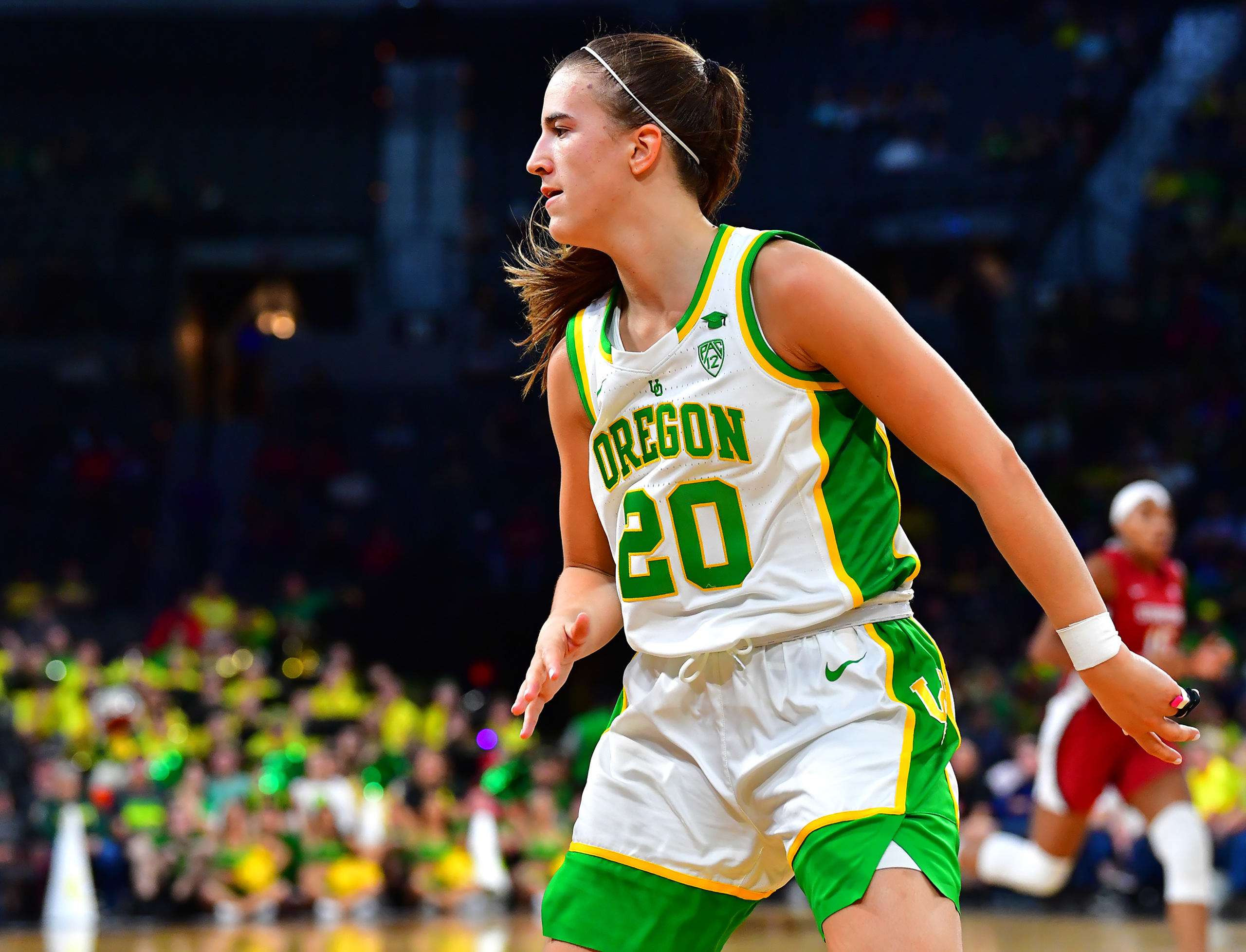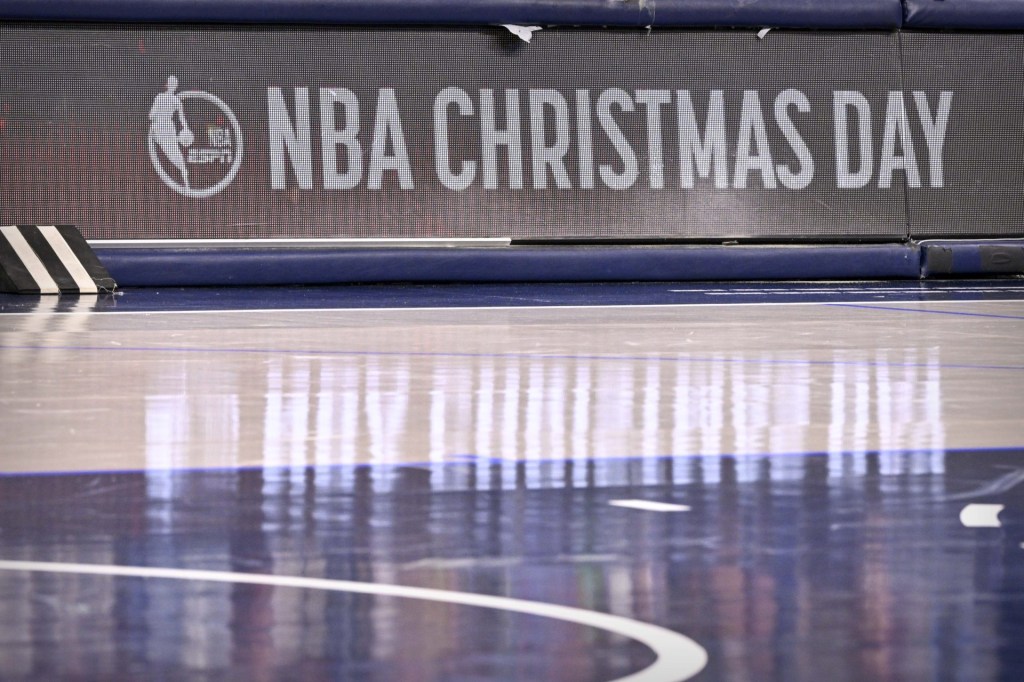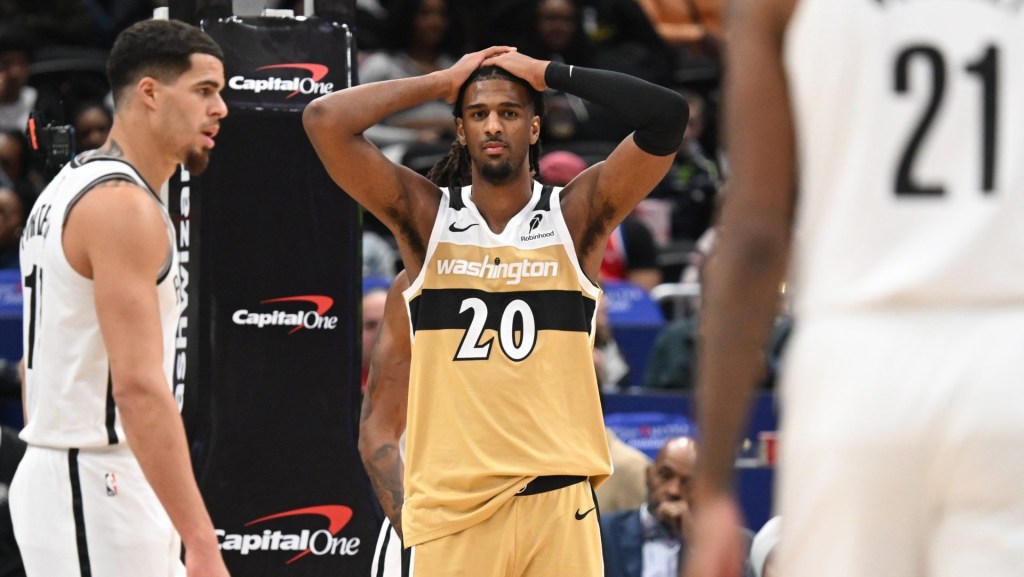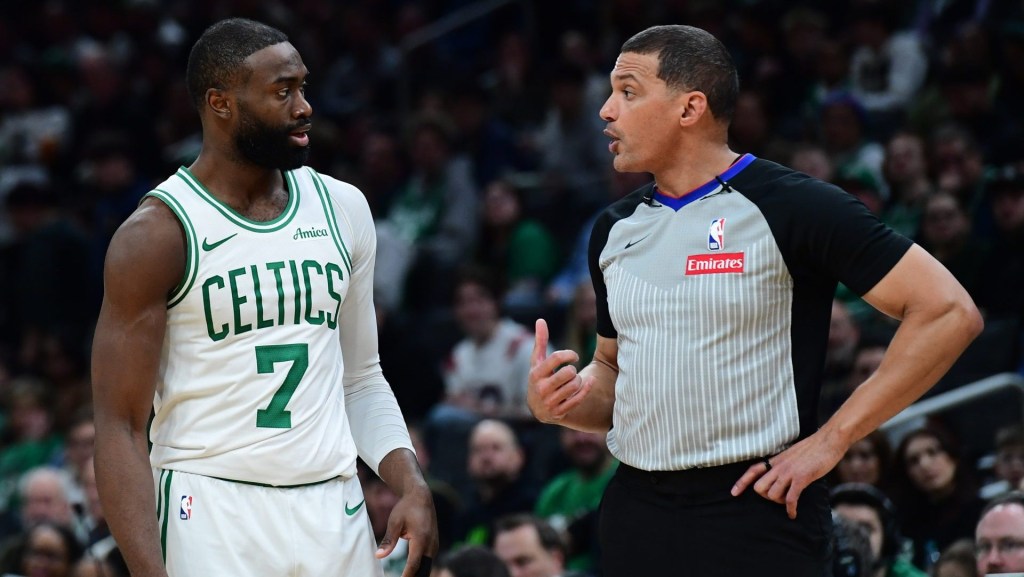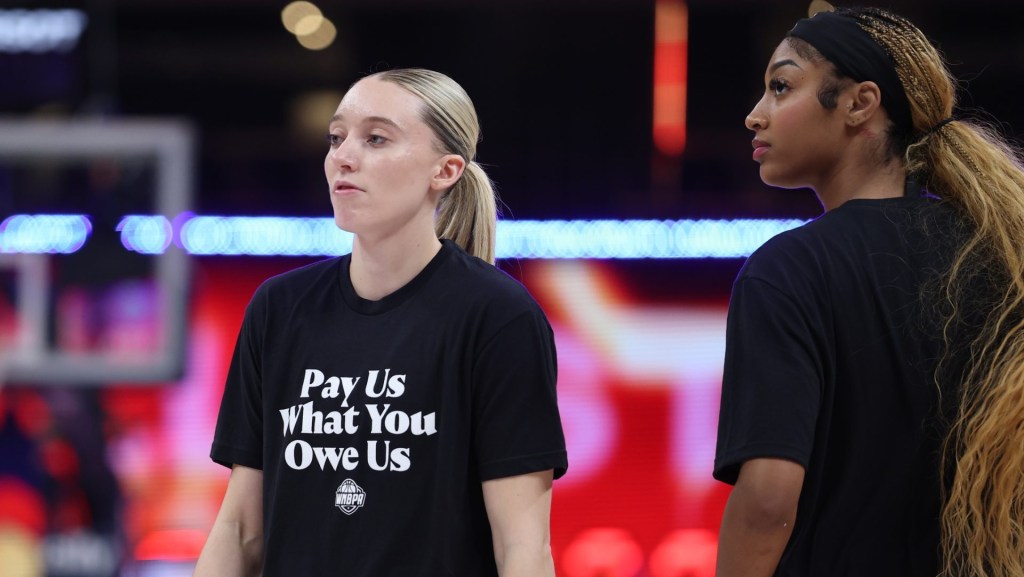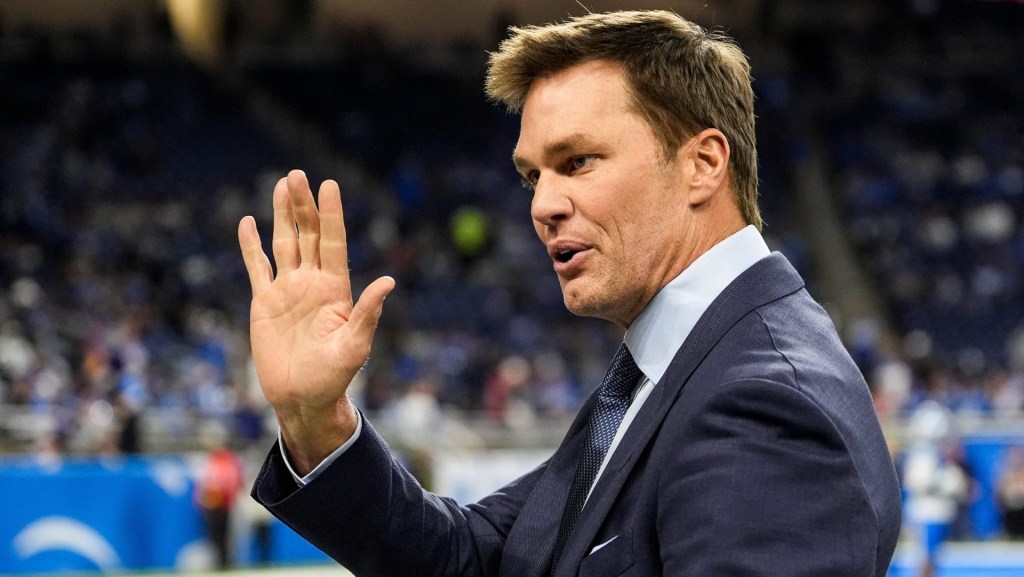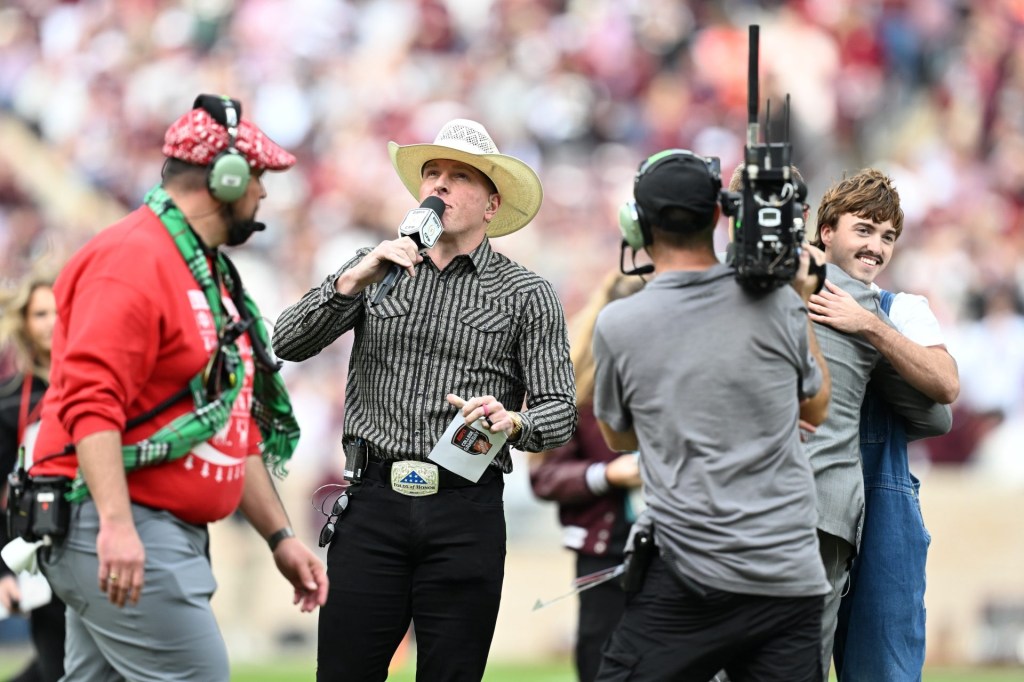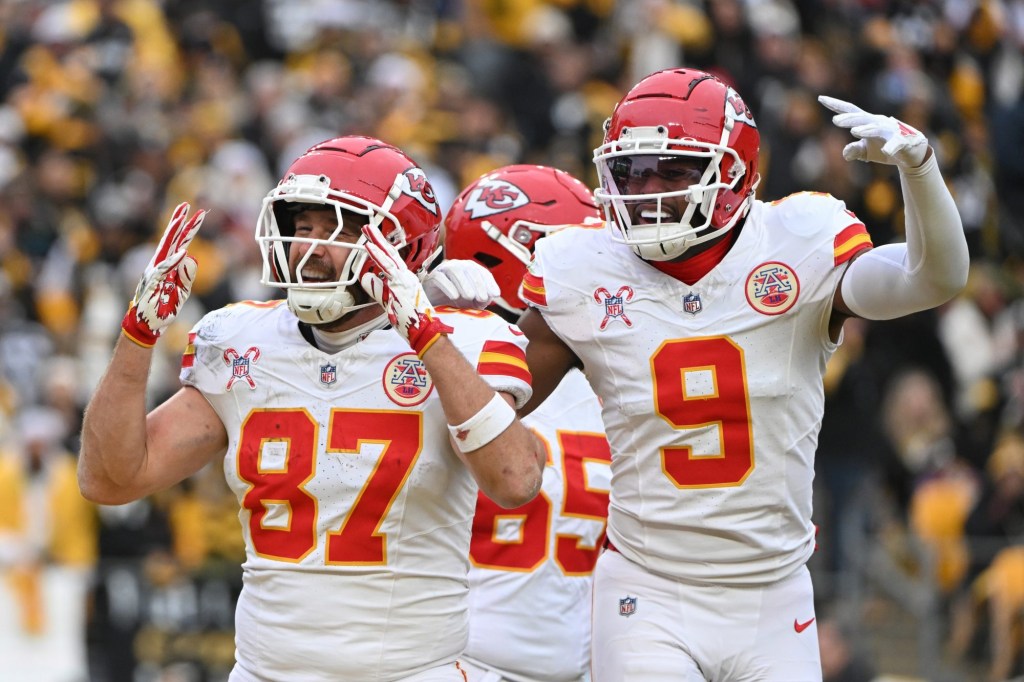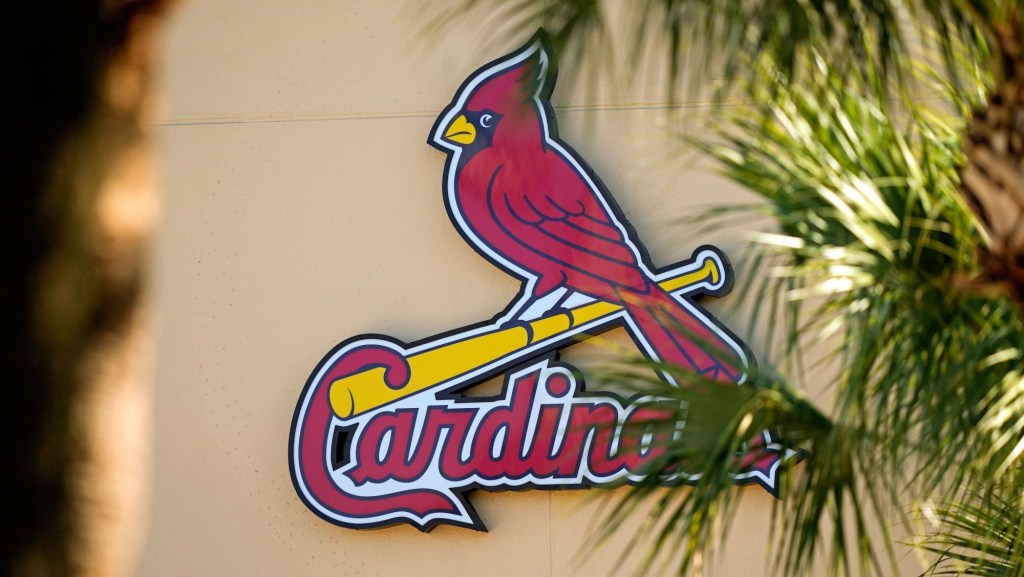The Athletic temporarily paused the contributions of half a dozen freelance writers covering the WNBA, after laying off other staff earlier this week. The move is part of a wider strategy to cut back on nearly all freelance contributors at the digital subscription site, which has scooped up hundreds of sports journalists from struggling newspapers over the past four years while raising more than $100 million in venture capital money.
“As sports are temporarily on pause due to the global pandemic, we have had to make tough decisions across the board, cutting back on nearly 100% of our freelance contributors,” Taylor Patterson, a spokeswoman for The Athletic, said in a statement. “Each one of our WNBA freelancers was contacted directly to let them know of our decision to pause.”
The Athletic announced a new vertical devoted to the WNBA a year ago, with New York-based staff editor Hannah Withiam overseeing coverage. The group included a beat writer for each of the league’s twelve teams, plus two national writers. The Athletic has published nearly 650 WNBA stories, including 30 in the last month, according to Patterson.
The WNBA season was set to tip off its 2020 season on May 15, but the longest-running women’s pro league made the call to postpone its start on April 3. The freelancers were hoping the positive reaction to the WNBA “virtual draft” on April 17 would keep them working, but it was not to be. The WNBA vertical will continue, Patterson said. “We look forward to bringing more of this incredible work to our subscribers.”
In another move this week, The Athletic laid off the members of a programming team that sent push alerts for top stories to readers. The company made the call to move on from its U.S. programming teams after “much” discussion and analysis, said Patterson: “We thank the team for their work at The Athletic.”
The rate of new subscribers is down 25% since March, and the company has not yet hit 1 million subscribers, according to the Washington Post. The company has previously stated it hoped to hit that figure by the end of 2019. The company’s executives also were “noncommittal” on additional layoffs and furloughs, the Post reported.
Sportswriter Britni de la Cretaz first reported the news about The Athletic temporarily freezing WNBA freelancers. The Big Lead reported in March that The Athletic would “temporarily pause the contributions of freelance reporters whose work depends on the coverage of live games.”
“I’m just sitting here, twiddling my thumbs. I get that it was a business decision. But to me, the way they handled it was really disrespectful,” one of the affected freelancers said after requesting anonymity on the hope work might resume. “Everything we got was either from another source or word of mouth. Nothing was confirmed to us by the company – until we took it to them. It just leaves a bad taste in my mouth.”
The Athletic is certainly not alone in cutting costs during the coronavirus pandemic. Media outlets from Sports Illustrated to Vox Media have been laying off or furloughing workers. Big media companies such as Disney, Fox, and NBC are either cutting executive pay or asking their top on-air talent to absorb temporary pay cuts.
Before the coronavirus pandemic brought sports to a screeching halt, The Athletic had raised $139.5 million, according to Sara Fischer of Axios, and was valued at more than $500 million.
Still, it’s sad to see a “beacon of hope” like The Athletic cutting back, according to Emil Steiner, coordinator of Rowan University’s Sports Communication and Media Program.
“I’d say it’s certainly problematic when any news organization is laying off workers. The Athletic has been a beacon of hope for sports journalism in recent years, so if it’s starting to dim its lights, that’s concerning,” said Steiner.
On the other hand, he noted The Athletic’s subscription-only model makes it less vulnerable than media companies that depend on advertising revenue.
“In January, The Athletic got another round of funding, but maybe the board’s hoarding cash to control valuation and ride out the storm,” Steiner said. “Looking forward, it’s all about how long the Great Lockdown lasts, and whether there’s another wave.”
